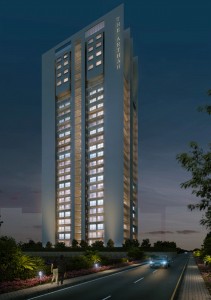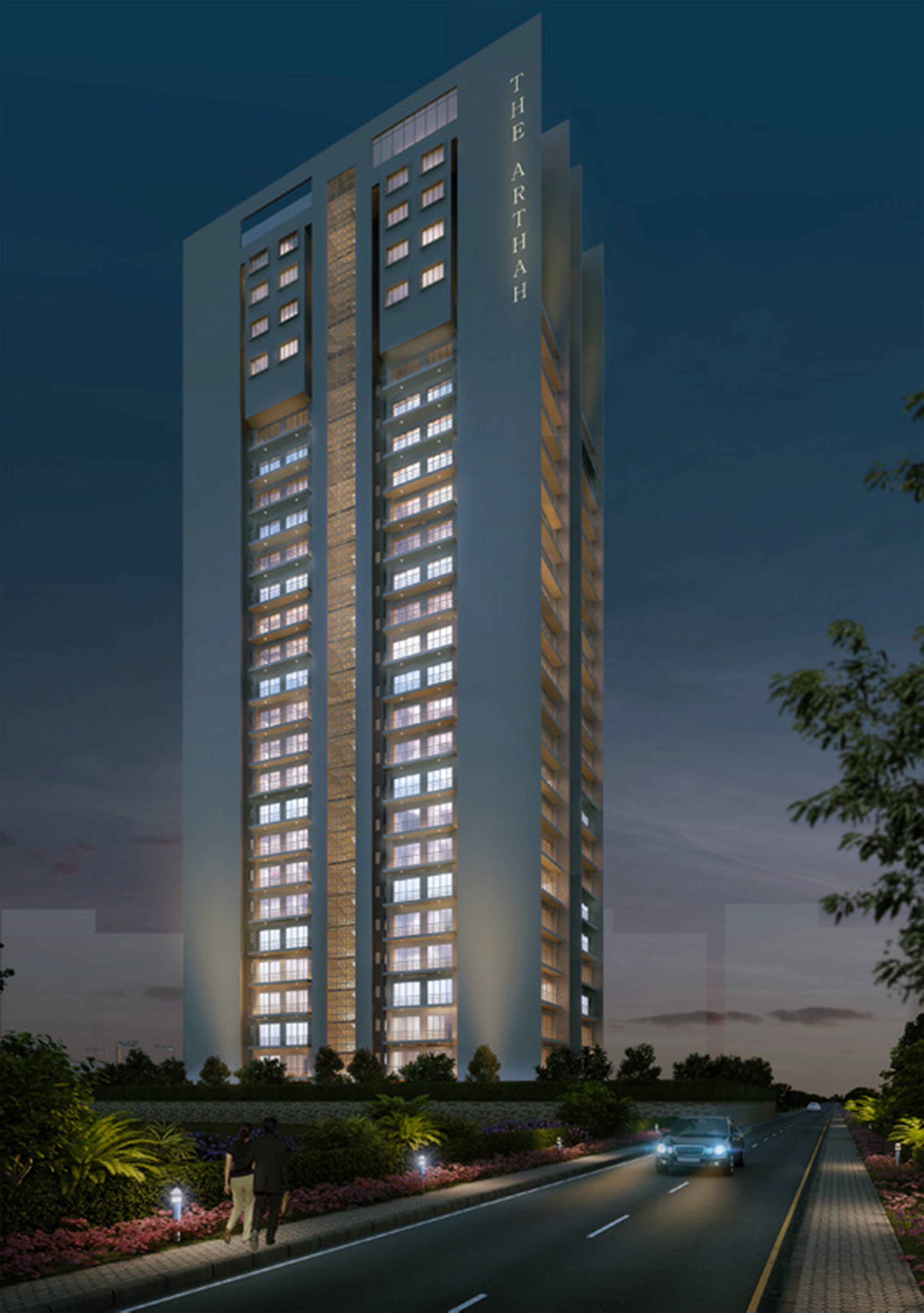 Track2Realty: Driven by demand across office and retail segments, rents across commercial real estate are expected to witness a hike over the coming quarters across all segments on account improving economic environment. As a result, capital values are expected to remain broadly stable in the coming quarter.
Track2Realty: Driven by demand across office and retail segments, rents across commercial real estate are expected to witness a hike over the coming quarters across all segments on account improving economic environment. As a result, capital values are expected to remain broadly stable in the coming quarter.
As India is about to form a stable at the centre, markets around the country are showing signs of economic recovery. And the recovery is witnessed across all segments of commercial real estate, according to RICS India Commercial Survey for first quarter of 2014 (January to March).
The Indian economy is gradually recovering and showing signs of stability. The recent monetary policy measures undertaken by the Reserve Bank of India (RBI) has improved the course of recovery. As widely perceived, it is likely that the stable government at the centre will help the industry to bring back reforms for the real estate sector.
According to the survey results, driven by the office and retail sectors, occupier demand grew during the January to March period of the year. Likewise, the value of inducement packages offered by landlords also picked up, with slightly better increases offered for retail space. The Occupier Sentiment Index (OSI) edged into fairly neutral territory at +7 following the previous value of -13, ending a run of seven consecutive negative readings. However, demand for industrial space fell during the period.
Commenting on the trend, Sachin Sandhir, Managing Director, RICS South Asia said, “There are positive indicators in the market. The occupier demand for the first time since 2011 has outpaced the rise in availability (though marginally). This means that there is healthy demand for quality space in the market. As rents have bottomed out over the past few quarters, they are expected to rise from these levels. It is likely that the momentum of businesses will increase within the next quarter.”
“It is expected that the newly elected government will bring reforms for the sector, which is grappling with problems such as regulatory bottlenecks, rise in interest rates, limited availability of quality space and inflation.”
While the rents are expected to increase, there are expectations in the market that transaction levels will increase. The survey findings added, investment interest dropped across retail and industrial segments. Only office segment witnessed some material growth. The survey added the Investment Sentiment Index (ISI) dropped to -8 from last quarter’s reading of -1.
But most respondents of the survey believe despite the drop in investments interest, transactions are likely to increase on account of various local and regional factors such as improved supply of quality spaces in some regions.
Commenting on the trend, Simon Rubinsohn, Chief Economist, RICS said, “In comparison to other BRIC nations, such as Brazil, Russia and China which have also suffered markdowns in terms of the economic outlook, the squeeze on the property sector in India has so far actually been quite modest. And while there is still some work to be done to underpin the macro picture, medium term expectations in the real estate sector are now improving. Indeed for the next twelve months period, projections for rents and capital values are not only positive but stronger than they were at the back end of last year.”
Occupier and investment sentiment across Asian countries such as China, Russia remained subdued during the first quarter. Globally, real estate markets around the world are showing more encouraging signals of recovery against a more challenging macro backdrop. While UAE and Japan remained the best performing markets, Brazil and Russia were the weakest in terms of occupier and investment demand.





